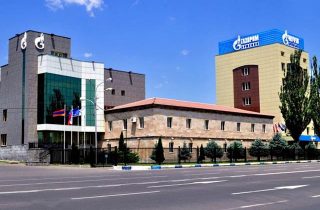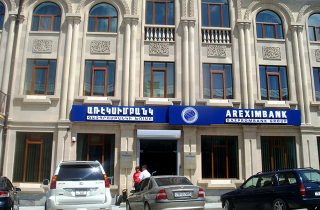
Hidden census

It here – population census 2011 results are published, The State Statistical service (STS) published these data during the holidays, when people were busy with celebrations. This was a result of five-year hard work of the government. People had forgotten about the census when the findings were published. In was in 2009 when the government made a decision to organize population census. In April 2010 the government would have to organize the preliminary phase of the census but there were not funds for that. The census was organized in October 2010. In May 2011 the government decided to provide additional 100 million drams from reserve funds for this purpose. Three months later the government came up with another decision to provide additional 789,484k drams. On October 12-21 the contractors of the STS visited our places to collect statistical information. They asked questions, filled in forms and promised to publish the results shortly. The society was tolerant to this census. Everyone knows that in the 21st century it costs a lot to organize population census.
Can anyone explain how and for what purposes were the data collected in 2001 used when it took two years from the statistical bodies to collect them? What they reported is that the population of Armenia is a little more than 3 million, and they had to spend 27 months to publish this information.
Probably a part of that information is so old that cannot be used by state institutions, factories or experts. Who cares about how many people used computers at home two years ago? Does anybody care if two years ago 80 per cent of the society had computers, 15 per cent did not have, and 5 did not say whether they had or no. If you are curious about this information, you can look up the population census report for 2011 to see that 64 per cent of Armenian families had computers, and 30 per cent did not. Only 39 per cent of these families are permanently using Internet.
There is strange information in this old data as well. For example, Vayots Dzor reported the lowest number of computers used by families, where 32 per cent of respondents said that they had computers at home. For example, the highest number was reported in Aragatsotn, where 67 per cent of respondents said they had computers at home. Maybe this information could be useful two years ago but now it is old and nobody really cares about it. Why did STS announce the results in such scarce and low-profile manner? According to unofficial sources, after finalizing the findings of the census STS announced competition for translating the document into Russian and English. They were planning to translate and publish this information. However, it turned out that the winners of the competition would not be able to translate that document, and they decided to rely on “google translate.” This is how the statistical bodies published their findings in a low-profile manner, even though it is very strange professionalism on the part of the statistics bodies.
By Ara Galoyan
P.S. We wonder how many years it might take the Armenian statistics body to organize population census for Vatican or Liechtenstein.























